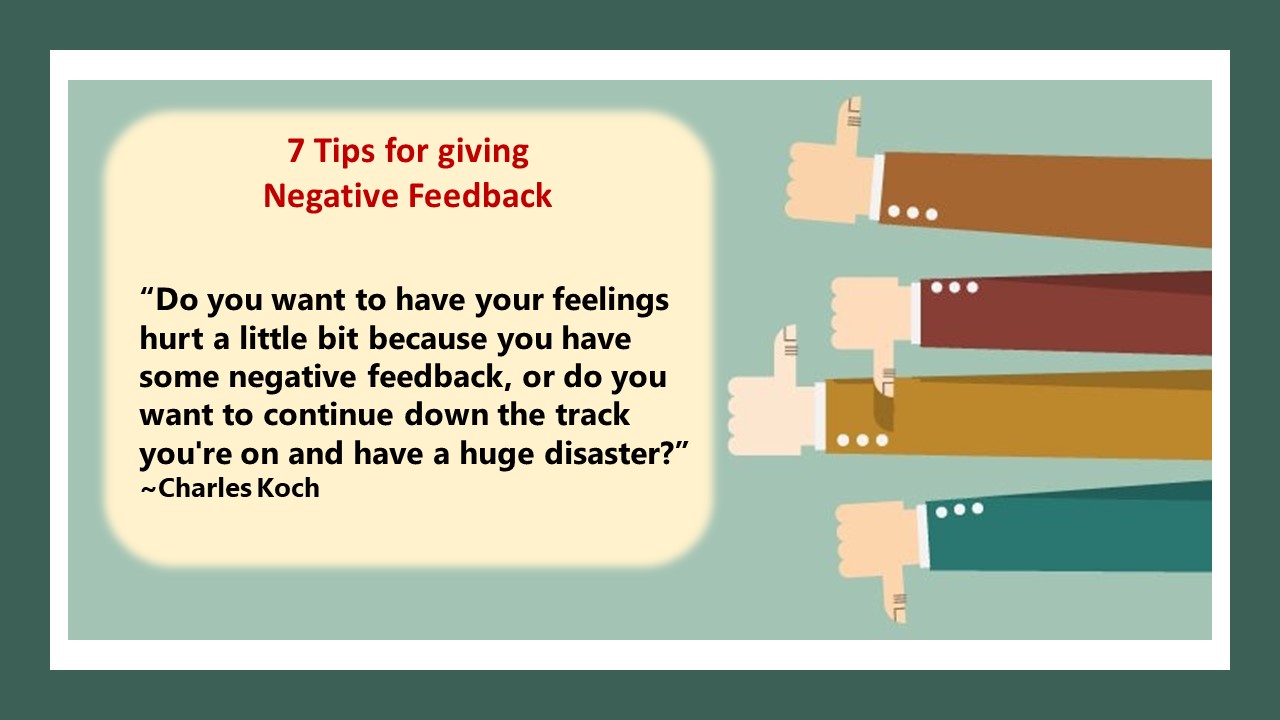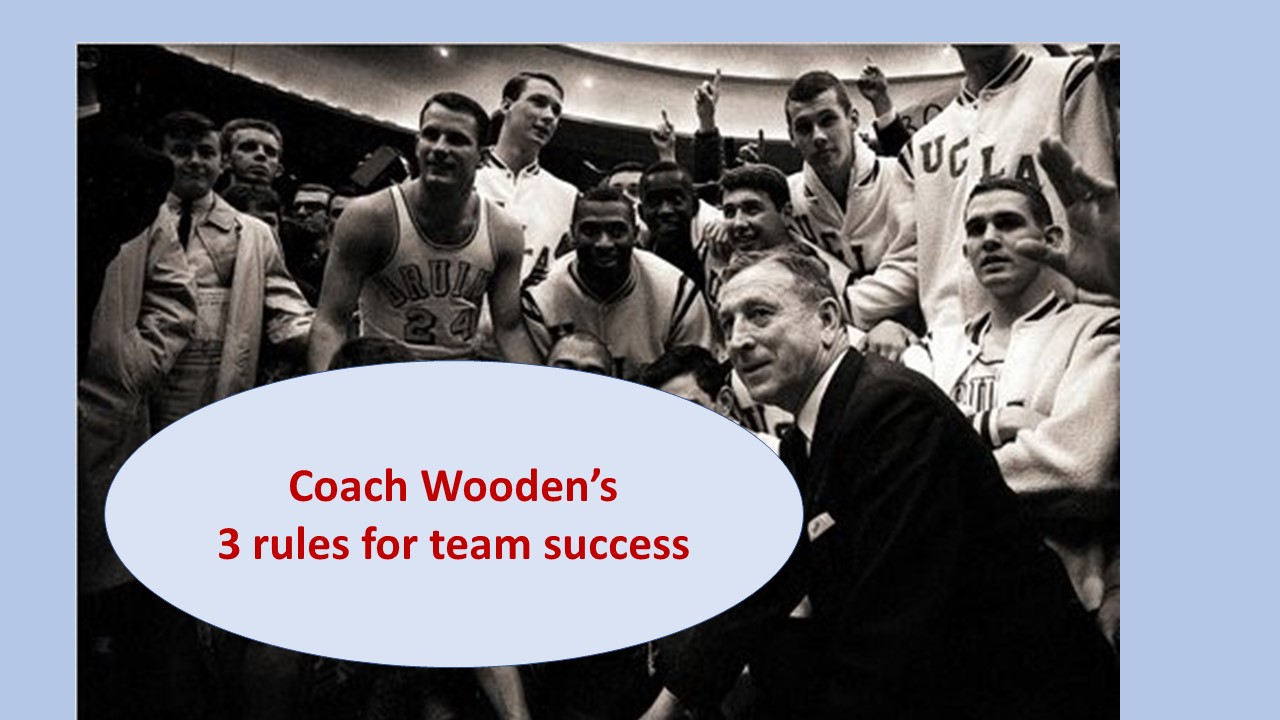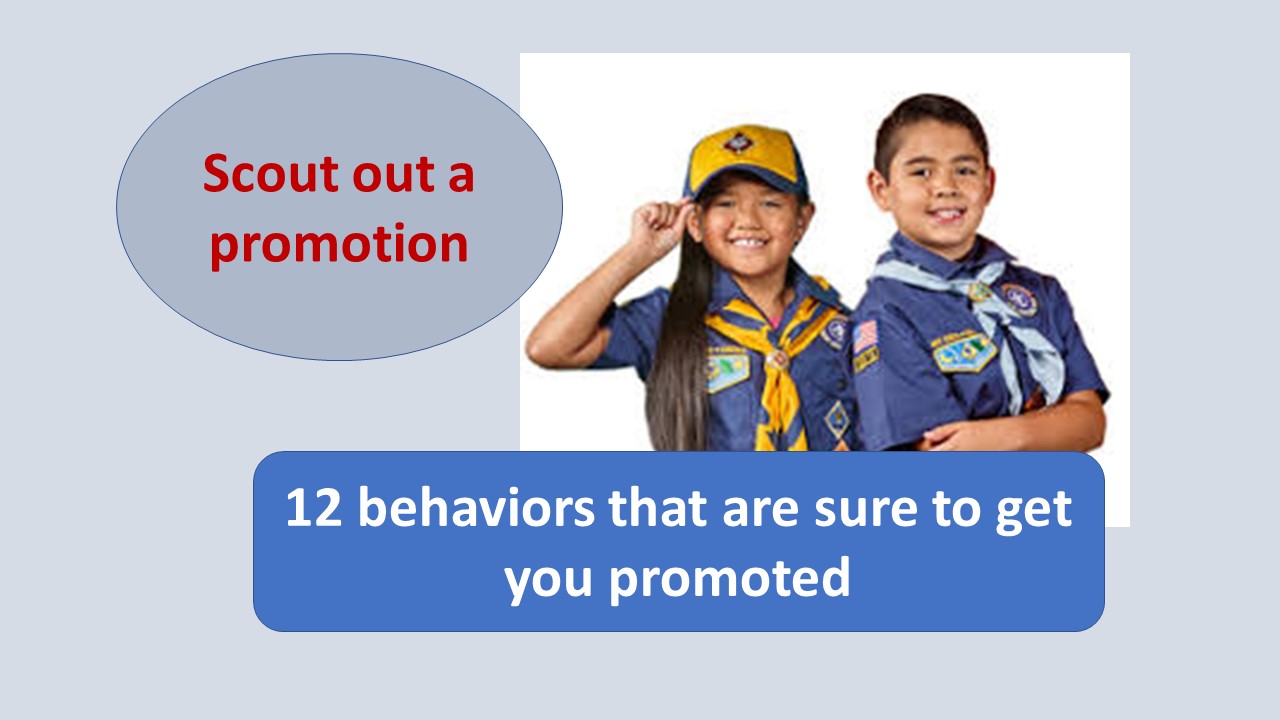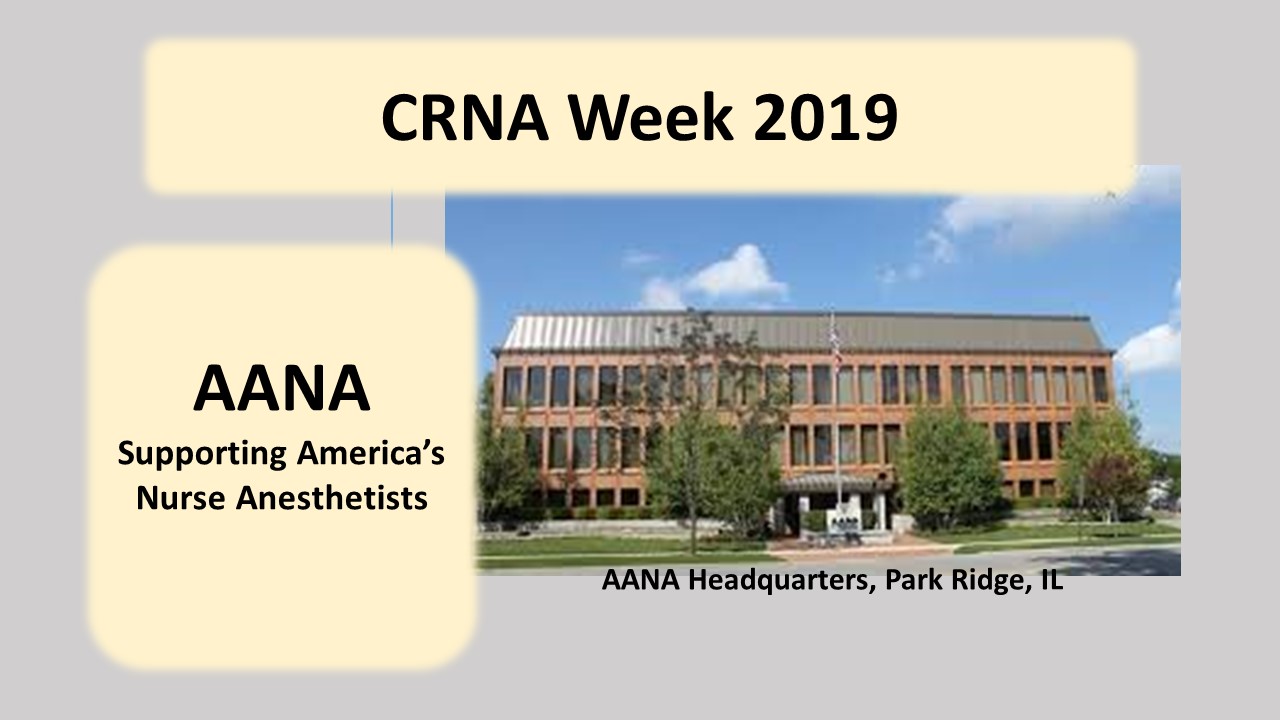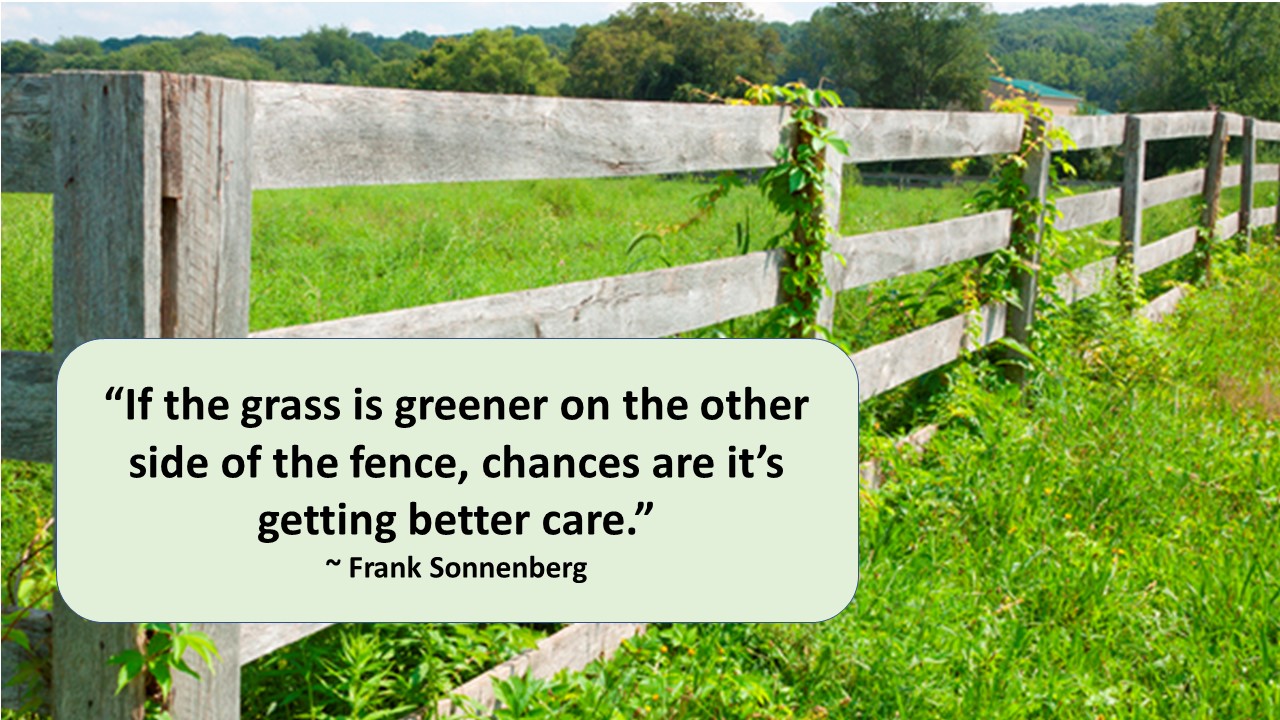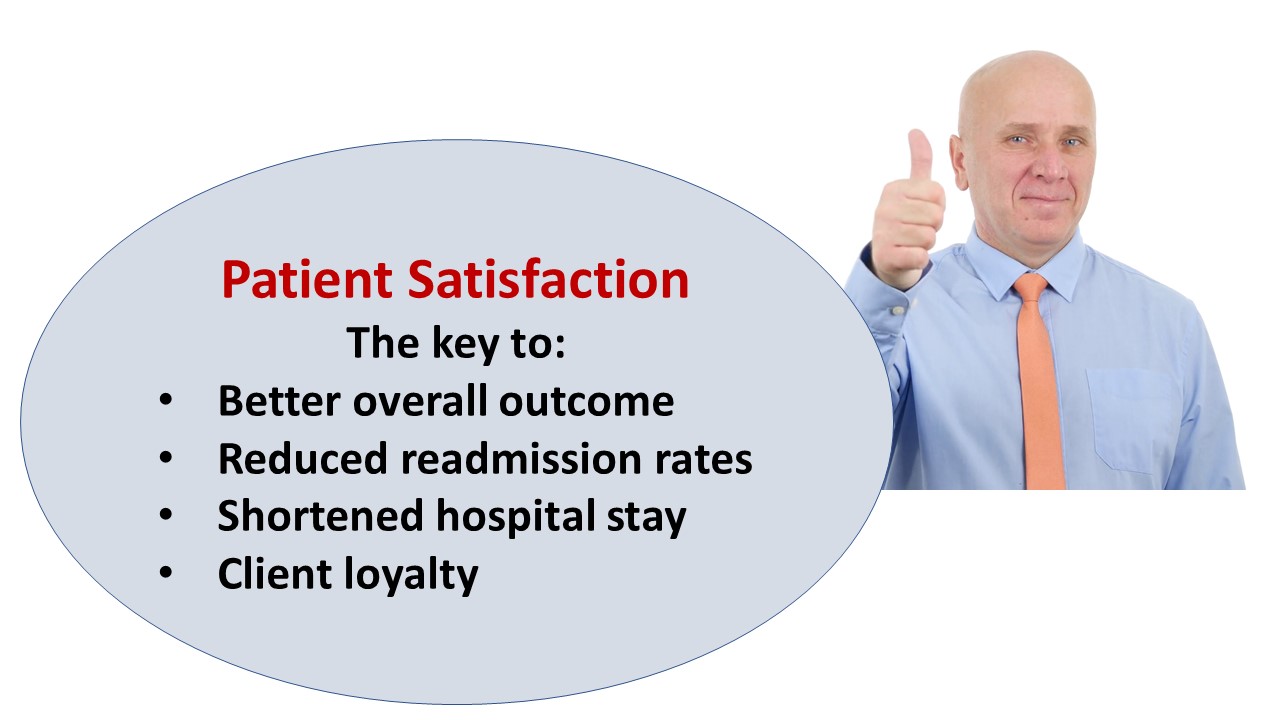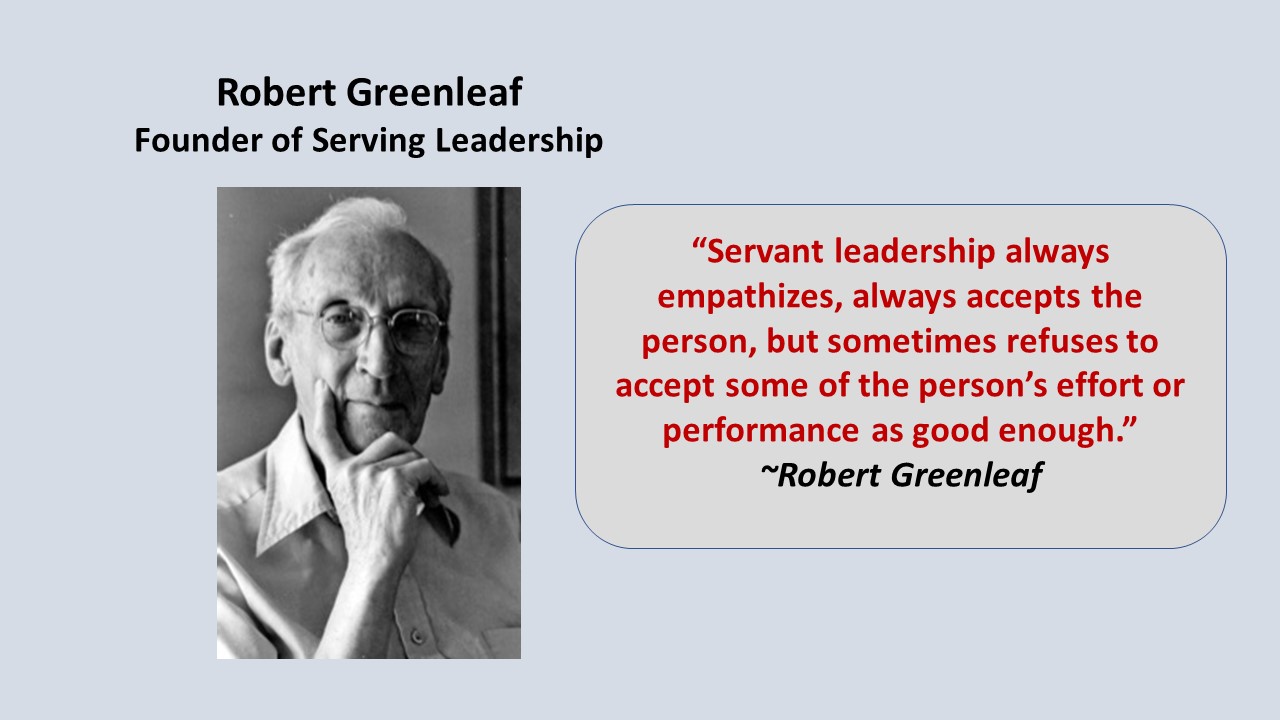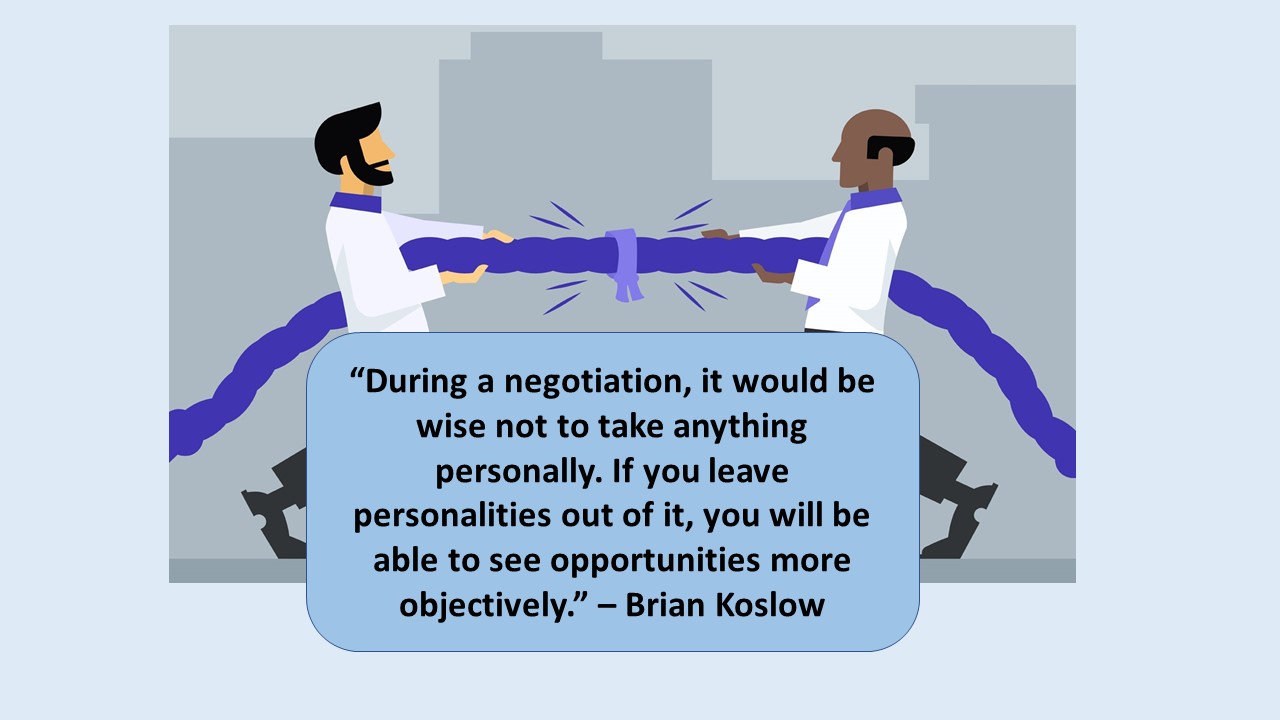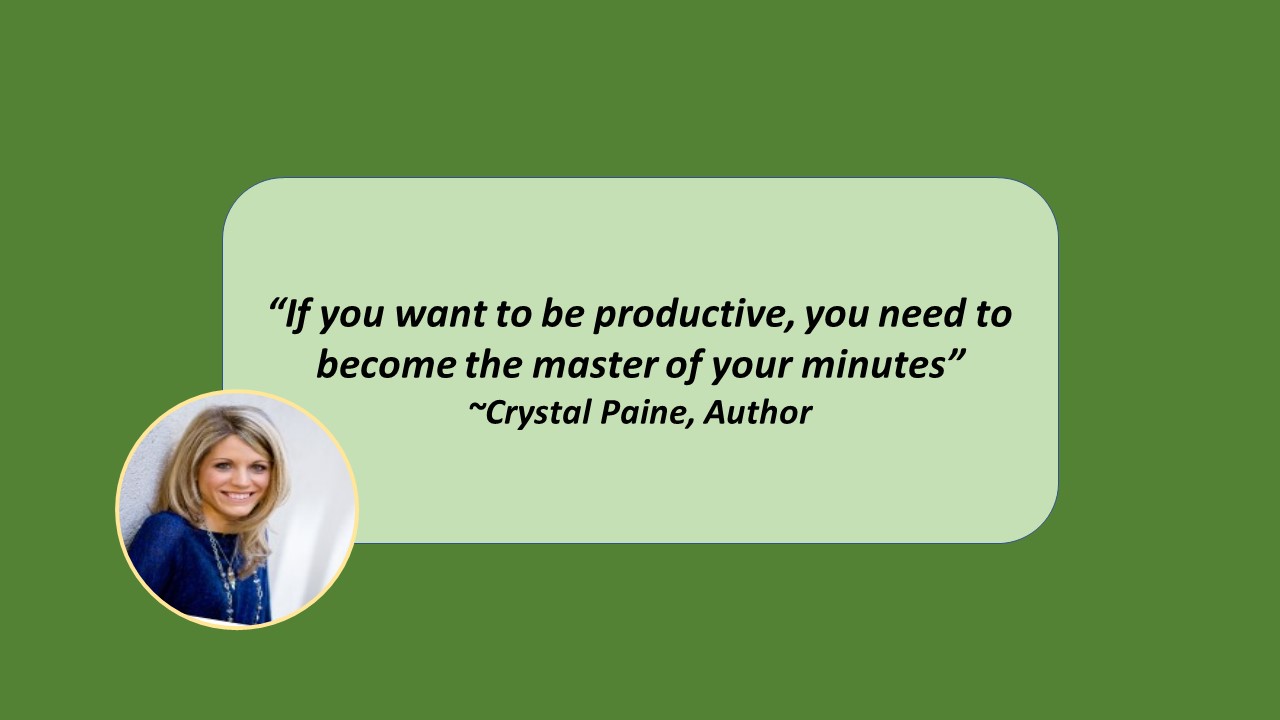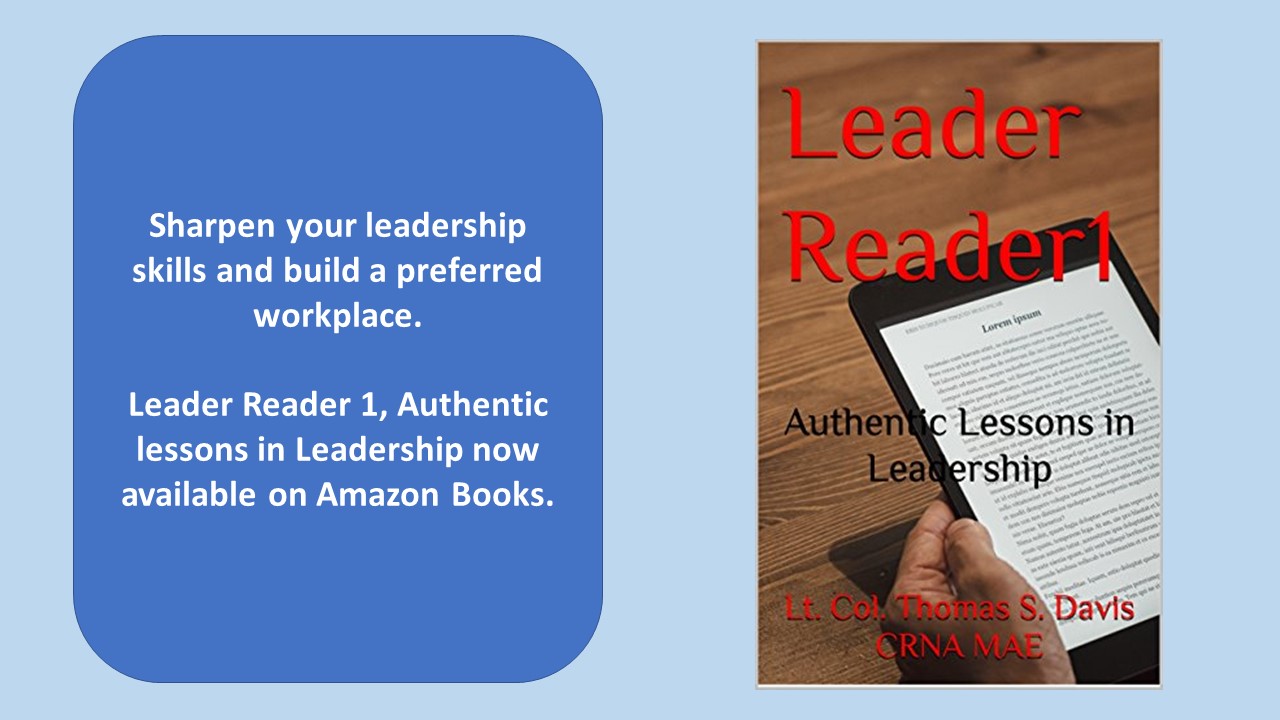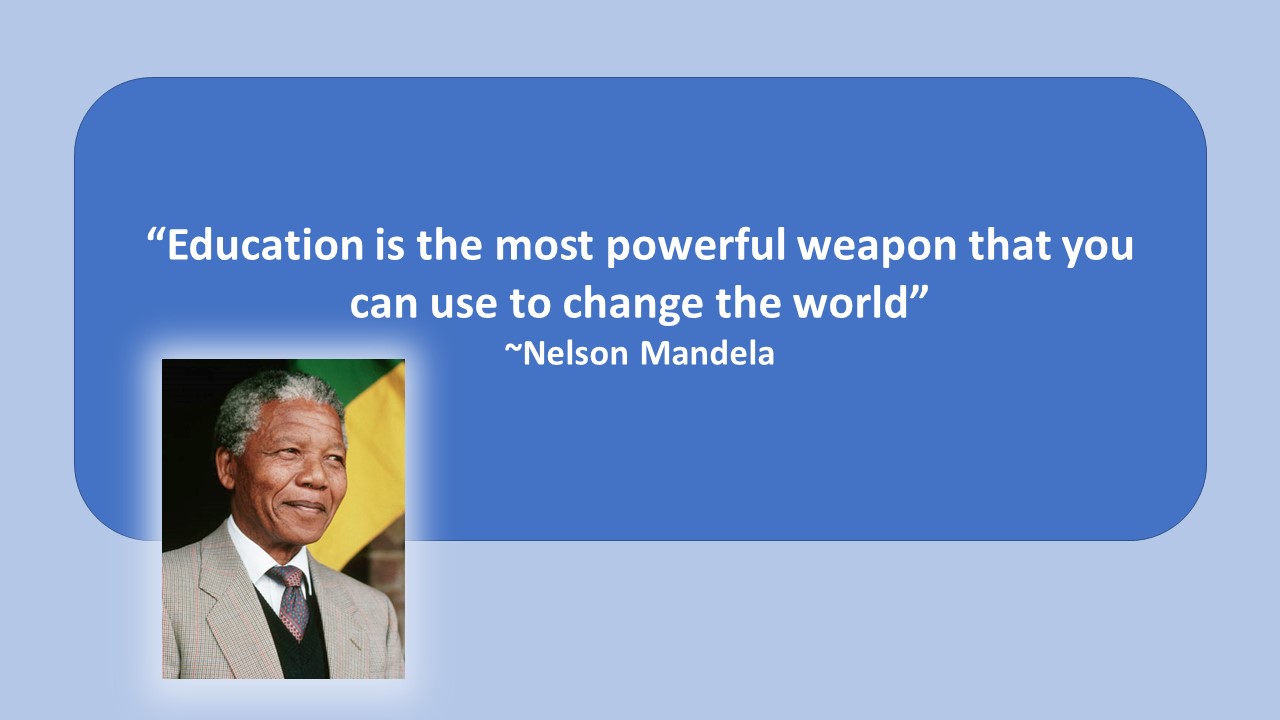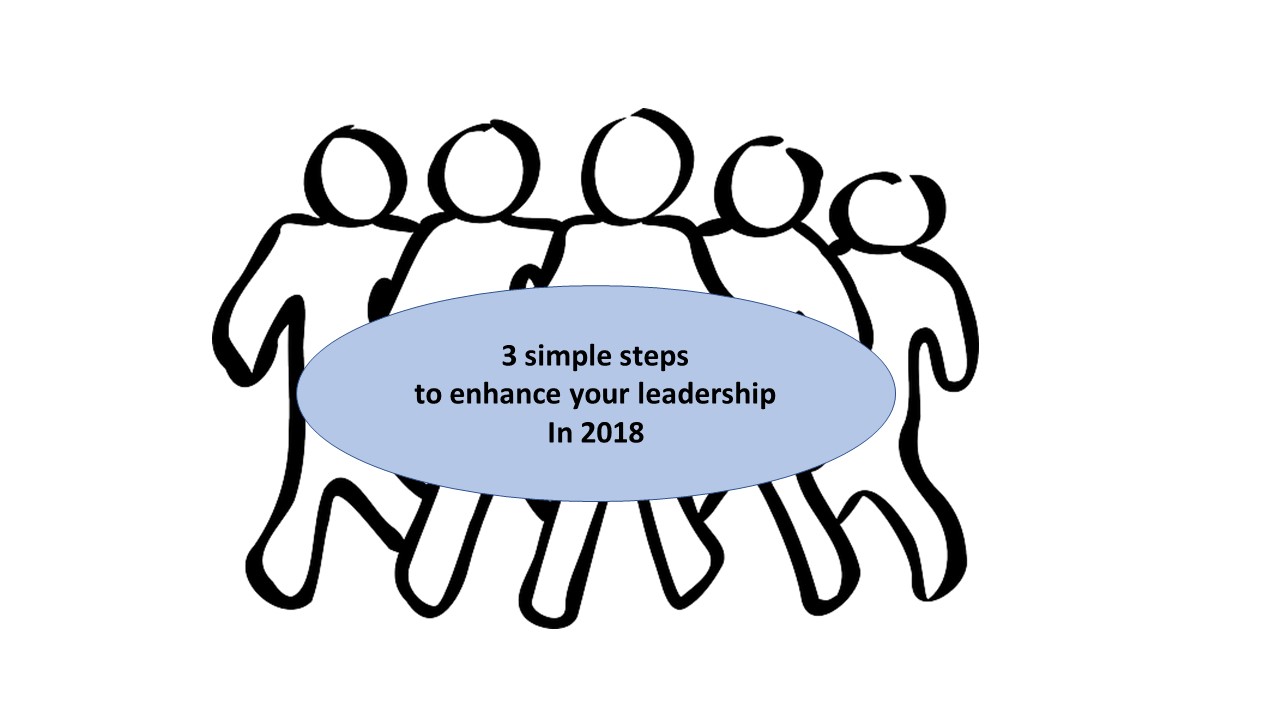By Thomas Davis, CRNA, MAE, DNAP candidate
Follow @procrnatom on twitter
Are you capable, competent, committed to the job and yet feel like your daily routine has you mired in a muddy rut? You are not alone. One thing that business, industry and healthcare have in common is that each has a cadre of talented people who feel imprisoned by the status quo and are ready to break the bonds of mediocracy. Take control of your destiny, shake things up, and gain the recognition/promotion that you deserve.
Both those who are in leadership roles as well as those who are frontline workers must act to position themselves for advancement in the organization. Cameron Chapman, staff writer at skillcraft, says that it is foolish to wait to be “discovered” at your workplace when there are things that you can do to revitalize your career and increase your value to the organization. Chapman suggests that you start with self-evaluation and do an honest review of your capabilities compared to your actual work performance. Begin to resuscitate your career by taking action to close the gap between your current performance and the maximum potential that you are capable of putting into the job. Here are some simple ways to advance yourself in the pecking order of most valued employees:
Be more assertive. Confident extroverts infuse energy into a group and are catalysts for productivity, whereas introverts blend in with the environment and go unnoticed. Take the initiative to up your energy level and set a positive tone for your team. Even those who are not natural extroverts can be more outgoing by giving every colleague a friendly greeting and engaging in conversation. Be brave, set ambitious, attainable goals and have high expectations for yourself and colleagues. Positivity is contagious and as you increase your performance, your team will follow suit.
Learn new skills. Instead of arriving every day with a flat attitude and stagnant skill set, enhance to advance. Visualize the job that you desire, the skills required for that position, and then find a mentor or take the classes necessary to expand your capabilities. Taking a course in accounting, personnel management or team development will enhance your existing position as a leader. Mastering the use of new equipment or learning to perform new clinical techniques will advance you as a healthcare provider.
Ask for responsibility. Meet with your supervisor and ask about the most pressing needs in your workgroup or the organization. Better yet, identify an existing situation where your team could improve safety or efficiency and offer to head a project to strengthen the team in that area. For example, the patient handoff between the operating room and recovery room did not include all the basic information required for continuity of care. Alice, a nurse anesthetist talked to the supervisor and proposed a project to team with a recovery nurse and revise the handoff procedure. Completion of the project improved patient safety and having a defined format made the process more efficient.
Align yourself with the company culture. What does your company stand for, why do they exist, and how does your behavior enhance or detract from the greater goal? Read the mission, vision and values of the company and then assess/modify your behavior to ensure that your action supports the purpose of the organization. Behavior that is observable by others and supports company values will ensure that you are noticed when people are being considered for promotion.
Increase your networking. Progress, to include revitalizing your career, happens based on relationships at all levels. Solidify your relationship with others on the team and then expand your horizon by getting to know the people outside your immediate workgroup. Never miss an opportunity to extend your hand to meet new people regardless of their title or role in the organization. As you take on projects, it will become increasingly helpful to know others who can support or mentor your activity.
Eliminate deal breakers for decision makers. Attitude and physical attributes are components of the perception that you create for others to consider when they are selecting the next person for promotion. Characteristics that are unwritten, not discussed but affect the final decision include personal hygiene and habits such as a wimpy handshake or a boring communication style. Clean up your act, literally, interact with confidence and put yourself at the head of the line for the next promotion.
We are each known by our reputations, good or bad. Breaking the bonds of the status quo, increasing your status in the organization, and positioning yourself for advancement are all tied to the reputation that you build for yourself. Everything you say and creates a memory and it’s your job to make sure it is a positive picture. Master new skills, align behavior with company values, and connect with decision-makers to ensure that your name is the first one that comes to mind when your boss is asked to name his/her top performer.
Tom is a clinical anesthetist, noted author and requested speaker.


